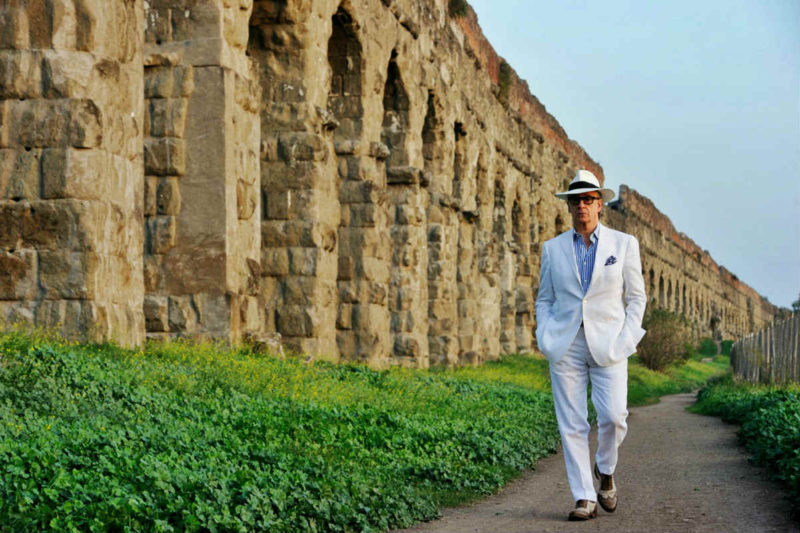Aqueducts are mainstay of Roman history and architecture.
Indeed they are one of the most evident proofs that ancient Romans were able to build large cities and were able to make them work well.
To make an aqueduct work is not so easy, in order to do that, two were the ways:
-to make the water flow at high pressure in the down-hill tracts, but this was not possible due to the material of the pipes (leaden or clay)
-to make the ride always going down-hill (like Romans did), but this could mean to lengthen the building much more than if it was straight.
If you are staying at Martini Bed, you will have the privilege to be in a archeological area of incomparable beauty and richness, Appia Antica Regional Park, crossed by seven ancient aqueducts:
aqueduct Claudio, the rests of aqueduct Anio Novus, some arches of aqueduct Marcio, with Aqua Tepula and Aqua Iulia above, aqueduct Anio Vetus, which takes place underground and finally aqueduct Antoniano.
These were also the main aqueducts of the city, which supply the 74% of the water that was brought everyday.
The aqueduct Felice, which was able to brig back the water to Rome after almost 1000 years, still working and well preserved was builted on Aqueduct Marcio by pope Sisto V (Felice Peretti) in 1585.
The conduit, which exceeded the the Tuscolana flowing over the so-called Porta Furba (monument made for Acquedotto Felice) entered Rome at Porta Tiburtina (then “Porta San Lorenzo”) passing over the Arch of Sixtus V and ended with much-criticized and discussed Fontana of Moses, visible today in Piazza San Bernardo (near Repubblica metro stop).
Appia Antica regional park’s northen part confine with Tuscolano area where Parco degli Acquedotti (well known as San Policarpo by locals) and Parco di Tor Fiscale are the bigger and nicer green areas.
The 2 parks between via Appia Nuova and via Tuscolana are linked by a narrow trail which exists thanks to Volontari Parco Acquedotti, an association of volunteers taking care of these marvelous parks in Rome.
The 2 parks are easily reachable from Porta Furba, Numidio Quadrato, Lucio Sestio, Giulio Agricola and Subaugusta metro stops.
The itinerary below shows you how to reach the Tor Fiscale Park and the Aqueducts Park from Martini Bed which is only 100 mt far from Porta Furba Quadraro metro stop. The itinerary ends at Giulio Agricola metro stop. The most important attractions of the 2 parks are pointed and shortly explained.
It is possible to visit the park also by bicycle, we suggest to rent a bike at Gazebike, they have 3 rent points one in Tor Fiscale, one at the playground area of Parco degli Acquedotti and the newest one in via Cincinnato a few steps far from Martini Bed and Porta Furba Metro stop. Marcello and Marco also organize guided bicycle tours of the parks.
Lenght: 7/8 Km
